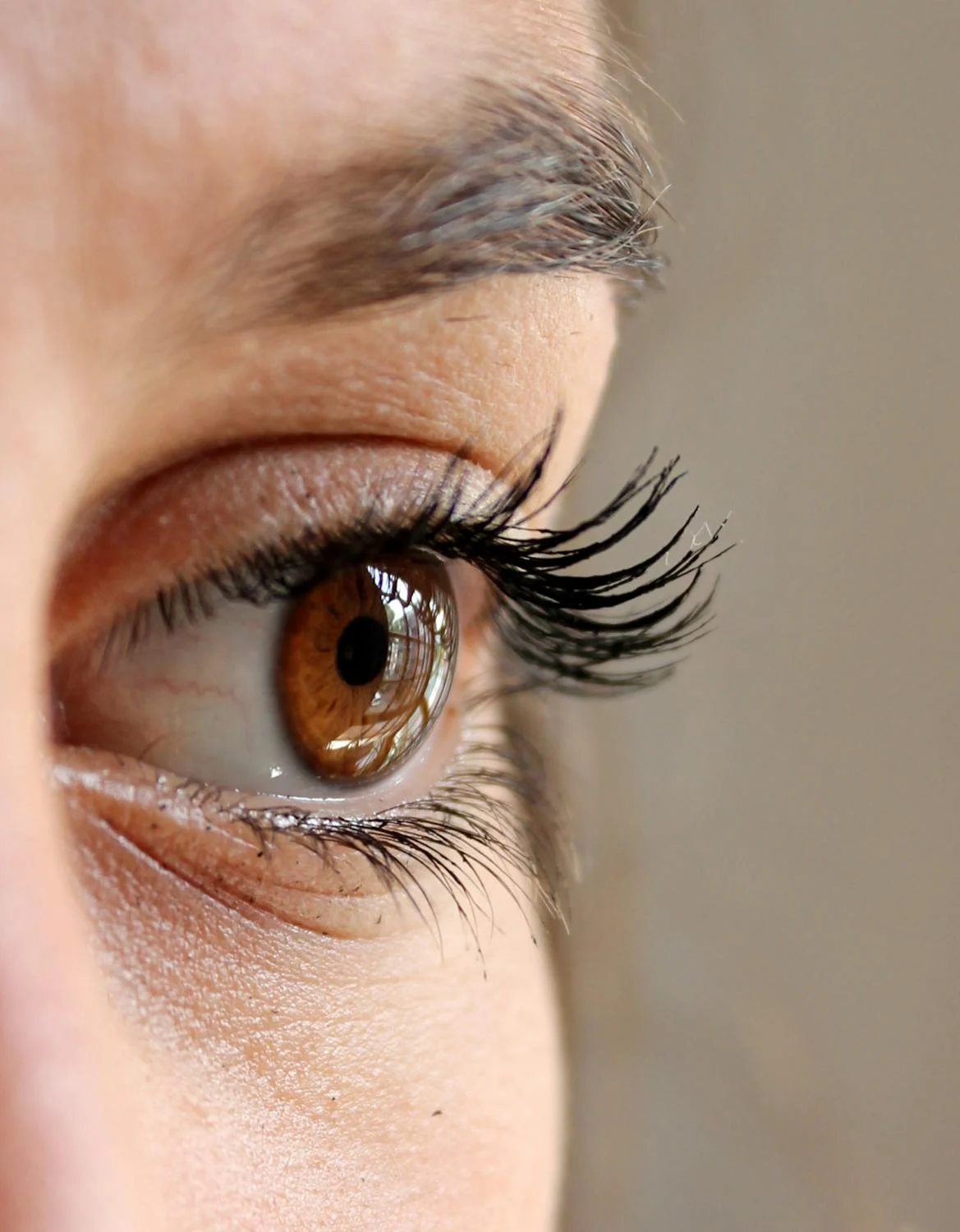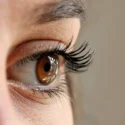Key Takeaways:
 Laser hair removal is a long-lasting alternative to traditional hair removal methods for unwanted facial hair in both men and women. Laser treatments disrupt the normal growth cycle of hair follicles by utilizing highly concentrated beams of light designed to be absorbed by the pigment within the hair shafts. This state-of-the-art technique has quickly found favor in metropolises like Chicago, where grooming and self-care are highly prioritized. Laser facial hair removal in Chicago is primarily sought for its ability to facilitate a seamless, hair-free complexion, symbolic of the city's cosmopolitan lifestyle.
(more…)
Laser hair removal is a long-lasting alternative to traditional hair removal methods for unwanted facial hair in both men and women. Laser treatments disrupt the normal growth cycle of hair follicles by utilizing highly concentrated beams of light designed to be absorbed by the pigment within the hair shafts. This state-of-the-art technique has quickly found favor in metropolises like Chicago, where grooming and self-care are highly prioritized. Laser facial hair removal in Chicago is primarily sought for its ability to facilitate a seamless, hair-free complexion, symbolic of the city's cosmopolitan lifestyle.
(more…)
- Understanding the groundbreaking science behind laser facial hair removal and its multifaceted benefits.
- Key steps to consider in preparation for a laser hair removal session to ensure safety and effectiveness.
- Essential post-treatment care strategies to enhance results and maintain skin health after the procedure.
- The role of continuous technological advancements in improving laser hair removal treatments.
 Laser hair removal is a long-lasting alternative to traditional hair removal methods for unwanted facial hair in both men and women. Laser treatments disrupt the normal growth cycle of hair follicles by utilizing highly concentrated beams of light designed to be absorbed by the pigment within the hair shafts. This state-of-the-art technique has quickly found favor in metropolises like Chicago, where grooming and self-care are highly prioritized. Laser facial hair removal in Chicago is primarily sought for its ability to facilitate a seamless, hair-free complexion, symbolic of the city's cosmopolitan lifestyle.
(more…)
Laser hair removal is a long-lasting alternative to traditional hair removal methods for unwanted facial hair in both men and women. Laser treatments disrupt the normal growth cycle of hair follicles by utilizing highly concentrated beams of light designed to be absorbed by the pigment within the hair shafts. This state-of-the-art technique has quickly found favor in metropolises like Chicago, where grooming and self-care are highly prioritized. Laser facial hair removal in Chicago is primarily sought for its ability to facilitate a seamless, hair-free complexion, symbolic of the city's cosmopolitan lifestyle.
(more…)

 LASIK is an excellent option for people who have to wear glasses or contacts and don't want to do that anymore. Before going in for a consultation, it's good to learn as much as possible about it. Here are some answers, including ones if you have
LASIK is an excellent option for people who have to wear glasses or contacts and don't want to do that anymore. Before going in for a consultation, it's good to learn as much as possible about it. Here are some answers, including ones if you have 